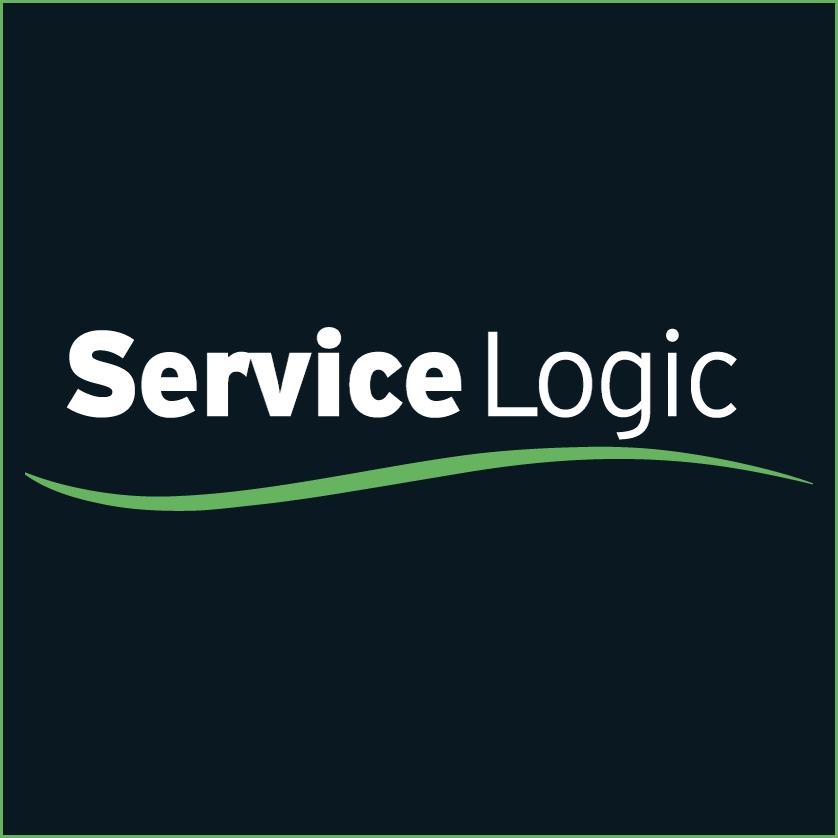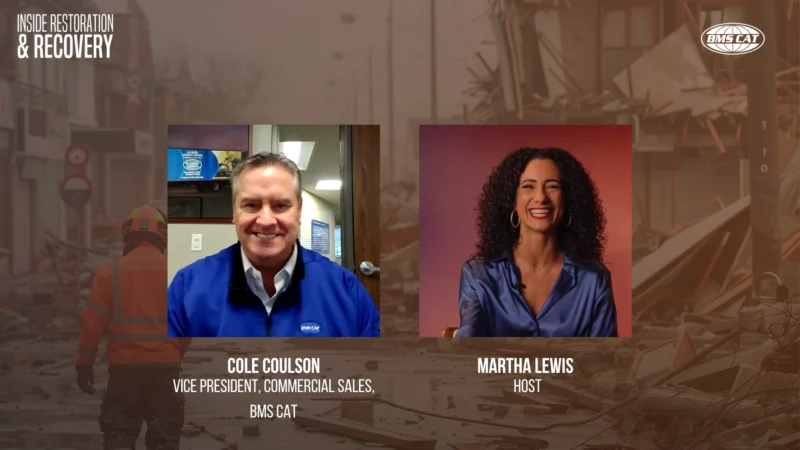How to Mitigate a Respiratory Virus in Your Building
Various strategies and techniques can be employed to combat the spread of respiratory viruses in buildings. These strategies aim to reduce the concentration of respiratory viruses in the air and on surfaces, making it less likely for people to contract the virus. Some of the most effective strategies include increasing ventilation and filtration, implementing social distancing protocols, increasing cleaning and disinfection, and encouraging the wearing of face masks or other personal protective equipment (PPE).
Why is respiratory virus indoor transmission such an important topic, and why is it essential to have the basic knowledge to adopt the right ways to prevent such transmission?
On today’s episode of Conversation to the Edge by Service Logic, host Michelle Dawn Mooney chats with Kevin Boyle, Vice President of Products and Marketing at GPS Air, and Charles Waddell, Founder and CTO at GPS Air, to discuss how to mitigate the spread of respiratory viruses in buildings.
They talked about:
1. The importance of respiratory virus indoor transmission and how to mitigate it
2. The common multi-layered solution approach
3. Testing in Poor Indoor Air Quality (IAQ)
Respiratory virus mitigation in buildings requires a multi-faceted approach, including increasing ventilation and filtration, implementing social distancing protocols, increasing cleaning and disinfection, and encouraging face masks or other personal protective equipment (PPE). Building owners and managers must work with public health officials and experts to develop and implement effective respiratory virus mitigation strategies.
“Multi-layer strategy is the concept where you use multiple technologies in combination with each other to get a better result,” said Charles Waddell, Founder and CTO at GPS Air. This approach aims to provide a comprehensive and effective solution by addressing different aspects of the problem. Some common multi-layered solution approaches include engineering and administrative controls, Personal Protective Equipment (PPE), social distancing and hygiene practices, and monitoring and tracking.
Indoor air quality (IAQ) is an important aspect of respiratory virus mitigation in buildings. Poor IAQ can increase the risk of respiratory infections and aggravate existing respiratory conditions. “Buildings that are poorly ventilated or have high levels of indoor air pollution can create an environment conducive to spreading respiratory viruses such as COVID-19,” said Kevin Boyle, Vice President of Products and Marketing at GPS Air.
In conclusion, respiratory virus mitigation in buildings is a complex issue that requires a multi-faceted approach. Improving indoor air quality is an important aspect of this effort, as poor IAQ can increase the risk of respiratory infections and aggravate existing respiratory conditions.



